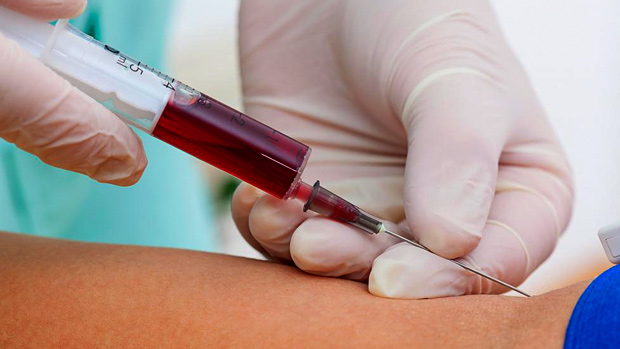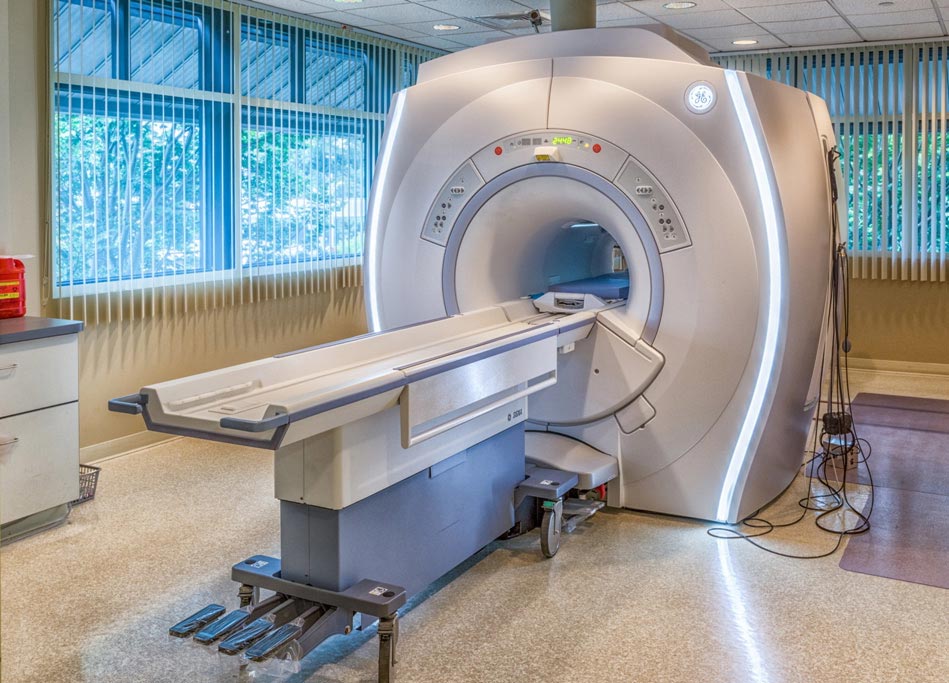Brenner's tumor is a rather rare pathology. This neoplasm is usually found during surgery during the treatment of any gynecological disease. The main danger of a tumor is its asymptomatic development, this leads to the fact that the problem is identified only at a late stage, when surgical intervention may already be ineffective.

What is a neoplasm?
Brenner's tumor has another name - fibroepithelium. Specialists attribute it to clear cell cystic formations, mostly they are benign.
Pathology develops most often after 40 years, but can be detected at any age, and even in a child. The structure of the tumor is similar to fibroma, it is composed of connective tissue with single epithelial cells. A characteristic feature that distinguishes this type of tumor is the presence of epithelial nests. They are similar to epidermal cells, but are usually transient urinary tract epithelium.

The size of the tumor varies from a few millimeters to tens of centimeters. It most often has the shape of a ball. The capsule is absent, the tissues in the node are dense, white or grayish in color. Inside, the presence of multiple small cysts with mucous contents is possible.
Many women are interested in the question: "Brenner's tumor - is it cancer or not?" Doctors say that most often the process is benign in nature, neoplasm is malignant in very rare cases. The risk increases with significant tumor sizes (more than fifteen centimeters). Often in the presence of pathology, the presence of other neoplasms is also noted.
Classification
Depending on the form of the neoplasm, treatment is also selected. There are three types of tumors of this kind:
- Benign (most common). They are clearly delimited from neighboring tissues, have a smooth or lobed surface.
- Borderline. They have some signs of malignancy, but the process usually proceeds favorably. They consist of single-chamber or multi-chamber cysts; they do not germinate into neighboring structures and do not metastasize.
- Malignant. Such neoplasms in the ovary are the most dangerous, they can destroy neighboring structures, their growth is uncontrollable.
Brenner borderline and malignant tumors, in turn, are distinguished by stages and degree of prevalence.
Causes of the disease
Specific factors that can lead to the development of the disease are not found. However, the pathological process can be started as a result of:
- chronic infections occurring in the body;
- inflammation of the genital area;
- hormonal disorders;
- prolonged hormone therapy;
- early onset of sexual development;
- stress and nervous shocks;
- chronic liver disease;
- menstrual irregularities;
- viral diseases carried by a future mother in the process of bearing a baby;
- the presence of other tumor formations;
- prolonged conservative treatment of fibroids without a positive result;
- frequent acute respiratory viral infections in childhood and adolescence, proceeding severely;
But the exact causes of the Brenner tumor are not established, the pathology is poorly understood, various factors can provoke its development.
Symptoms of the development of the pathological process
The neoplasm may increase in size gradually, and may grow rapidly.
With a small size, the woman does not bother anything, she does not suffer from well-being. The problem is often discovered by chance during surgery for another reason or during the implementation of instrumental studies.

Large-scale education is already making itself felt with some signs. Sometimes they are similar to symptoms of ovarian inflammation in women and are accompanied by pain on the affected side. She can be dumb, aching. For a woman, for no apparent reason, her stomach may enlarge. Neighboring organs, compressed by a tumor, suffer. The patient may feel discomfort in the abdominal cavity, suffer from bloating, belching, nausea, vomiting, constipation. If the urinary tract is squeezed, problems arise when urinating. If the formation is hormonally active, then the pathology may be accompanied by:
- intermenstrual bleeding;
- heavy, prolonged menstruation;
- menstrual cycle disorders.
Representatives of the weaker sex, who entered the postmenopausal period, can resume bloody discharge from the genital tract, reminiscent of menstruation, increase sexual desire. Such symptoms should be an occasion for an immediate visit to the doctor.
Diagnostic measures
Diagnosis of the disease is associated with some difficulties, since the initial stage of the development of pathology is easy to miss because of the small size of the tumor and its slow growth. At this stage, the woman does not feel discomfort, it appears when the tumor grows to a significant size.
Brenner's tumor is often confused with other gynecological pathologies, sometimes taking its manifestations as symptoms of ovarian inflammation in women and other conditions. Therefore, to make a diagnosis, a comprehensive examination is required, including:
- Inspection in the mirrors and palpation. In the course of a two-handed study, the doctor discovers a neoplasm in the ovary region, which is very dense and smooth, not fused with other organs and tissues. On palpation, the patient may experience discomfort.
- Urine and blood tests, hormonal testing. They allow you to assess the general condition of the body.

- Blood test for tumor marker CA-125. This allows us to distinguish a benign tumor from a malignant one, but the results of the study are sometimes questionable.
- A smear on the microflora. Helps identify the presence of an inflammatory process.
- PAP test. Allows to exclude other tumor processes.
- Ultrasound The method allows you to visualize the tumor, determine its location, size and shape.
- CT and MRI. Brenner’s tumor can not always be fully investigated using ultrasound, it sometimes does not give a complete picture of the disease. Data obtained using computed or magnetic resonance imaging are more accurate and detailed. MRI can detect small tumors that were not seen during an ultrasound scan.

- Laparoscopy Use the technique in order to assess the condition of other organs, the work of which could be disrupted by the pathological process.
- Lymphography. Allows you to assess the condition of the lymph nodes that are next to the neoplasm.
- Biopsy. During the study, a tissue sample is taken, which is carefully examined under a microscope. This method assesses the nature of the tumor and its structure.
Disease Therapy Methods
Surgical treatment of a Brenner tumor. The type of intervention is chosen, taking into account the size of the neoplasm, the age of the woman, as well as the state of her body. Very often, along with the tumor, the affected ovary is excised.
How is the operation performed?
The operation can be performed by laparotomy (direct access through an incision in the abdomen) or laparoscopy (through three small punctures in the abdominal cavity). The latter method is used if the tumor is small. If the neoplasm is of impressive size, the patient suffers from chronic inflammatory processes in the small pelvis with the formation of adhesions, then a laparotomy is performed. Excised tissues are sent for histology to determine their malignancy.
Signs of benign tumor are:
- collagen fibers that make up the stroma;
- lack of lipids in the underlying tissue;
- the presence of epithelial nests;
- multilayer arrangement of cells in epithelial nests;
- mucinous contents of microcysts.
Malignancy can be judged by numerous mitoses, the presence of atypical cells.

Post-intervention recovery
If necessary, chemotherapy is prescribed after the intervention. Other activities that will help support the body and restore its function are also recommended.
If the problem is one-sided, then after surgical therapy, reproductive function does not suffer. After the operation, the hormone balance returns to normal if the work of the second ovary is not disturbed. If the intervention was carried out on both sides, then HRT will help stabilize the hormonal background for women of reproductive age.
Consequences and Complications
The pathological process can be complicated by the torsion of the legs of the tumor, which will lead to tissue necrosis. This condition requires immediate surgical intervention. Large tumors disrupt the functioning of vital organs, the result may be severe cardiovascular and respiratory failure.
The lack of timely treatment leads to the progression of the disease and even to malignancy of the tumor - this is the most formidable complication. The late stage can be fatal, since even an operation in this case can be ineffective, especially with borderline neoplasms.
Forecast
If the tumor is benign or borderline in nature, then the prognosis is favorable. But borderline tumors can recur, malignant at the same time.
If the tumor is malignant, 88% of patients live after 5 years of therapy. With the spread of the lesion, the prognosis worsens.
Prevention of the development of the disease
The exact causes of the formation of the neoplasm have not been identified. It was also not possible to establish which factors could lead to its malignant degeneration. Therefore, preventive recommendations will be general:
- giving up bad habits (alcohol abuse and smoking);
- proper nutrition (sufficient intake of vitamins and minerals with food, refusal of fast food, convenience foods and other junk food);
- adequate physical activity;
- maintaining a normal weight;
- timely elimination of hormonal disorders;
- stress avoidance;
- regular visit to the gynecologist.
Representatives of the fair sex are wondering about how often to visit a gynecologist. Women and girls of any age should come to preventive care at least once a year, even if there are no alarming symptoms and they feel great. After 40 years, this must be done 2 times a year, since at this age the risk of developing gynecological pathologies increases.

Brenner's tumor has not been studied enough, its appearance is promoted by various causes and factors. Often this diagnosis is unexpected for a woman and causes her to panic. To avoid such situations, you need to constantly take care of your health, regularly visiting a doctor. And if you suspect the development of pathology, listen to the doctor’s recommendations and proceed with treatment with all responsibility.